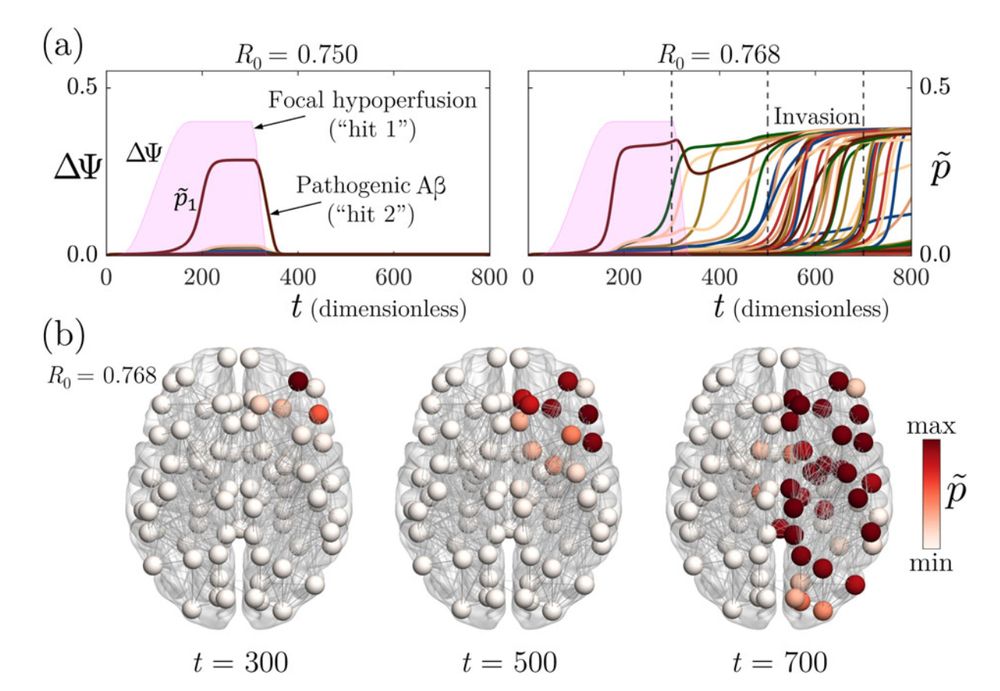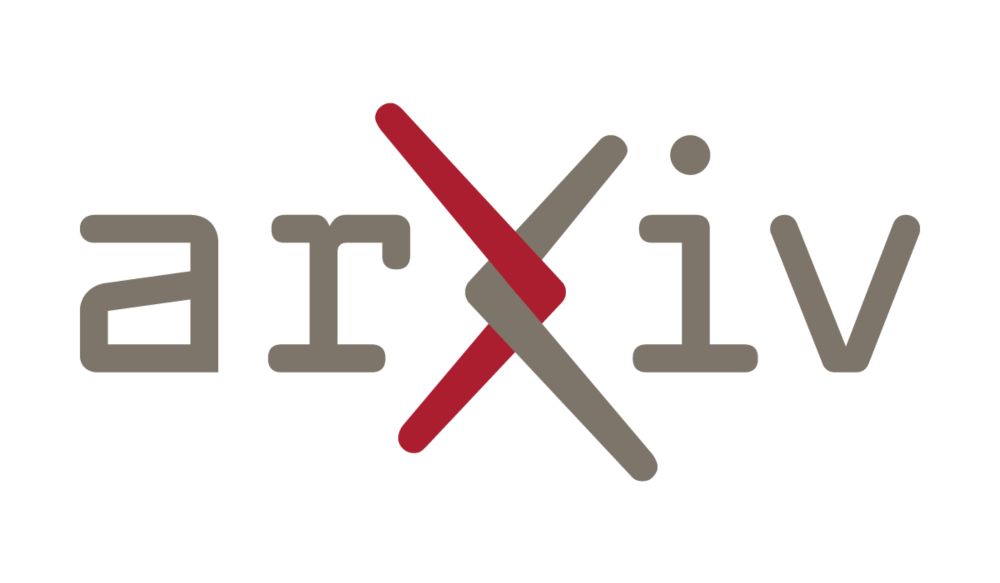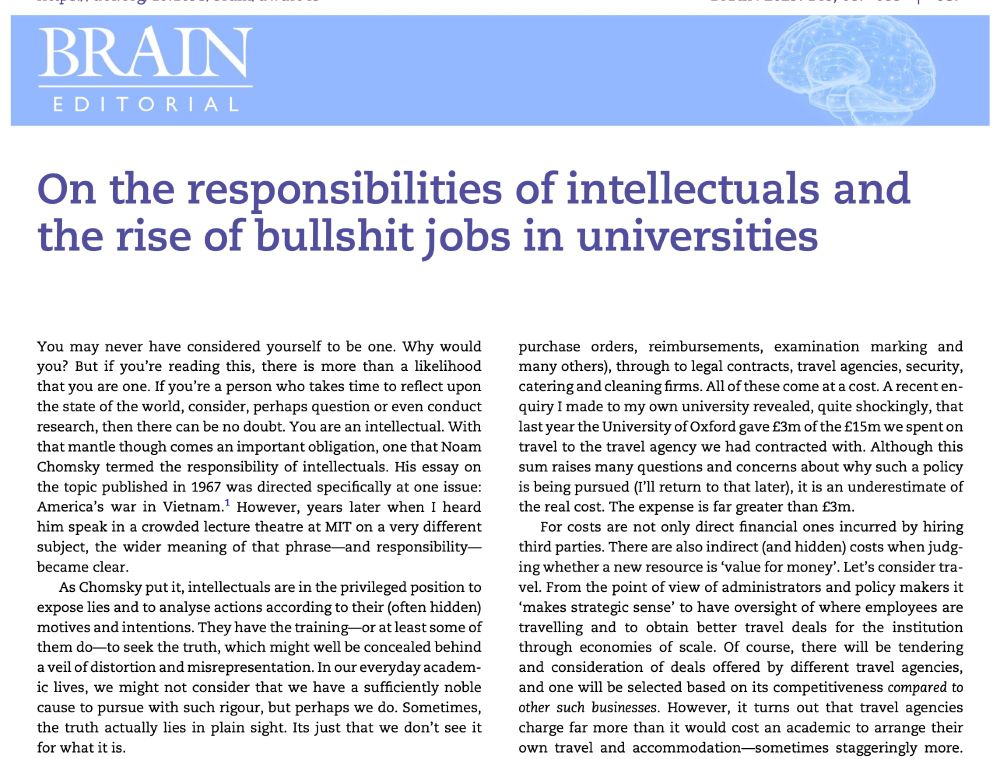Pavan Chaggar
@pavanchaggar.bsky.social
73 followers
120 following
7 posts
Mathematician and neuroscientist working on Alzheimer’s disease
Currently at Lund University, previously at Ox Maths
Posts
Media
Videos
Starter Packs
Reposted by Pavan Chaggar
Pavan Chaggar
@pavanchaggar.bsky.social
· Aug 11
Reposted by Pavan Chaggar
Jake Vogel
@jwvogel.bsky.social
· Apr 24
Reposted by Pavan Chaggar
Reposted by Pavan Chaggar
Reposted by Pavan Chaggar
Reposted by Pavan Chaggar
Reposted by Pavan Chaggar







![Simulated transport and production dynamics in the local FKPP model. Left: Simulation from the local FKPP model using carrying capacities derived from Gaussian mixture models (shown top right). Each line in the middle panel represents the SUVR trajectory of one DK atlas brain region. Values at time points years are projected onto a cortical rendering in the top panel. Each line in the bottom panel represents concentration averaged over Braak regions. Top right: Two component Gaussian mixture model fit to a multi-cohort tau PET dataset [24] and data from ADNI for right inferior temporal lobe. Bottom right: Right hemisphere cortical rendering of the SUVR carrying capacities as determined through Gaussian mixture modelling.](https://cdn.bsky.app/img/feed_thumbnail/plain/did:plc:5522ztebtekoor5efelihqhb/bafkreidvyyx2seiwefemwo6bvbfw6q7chuhw627ppxyixeminyueea7tzq@jpeg)




